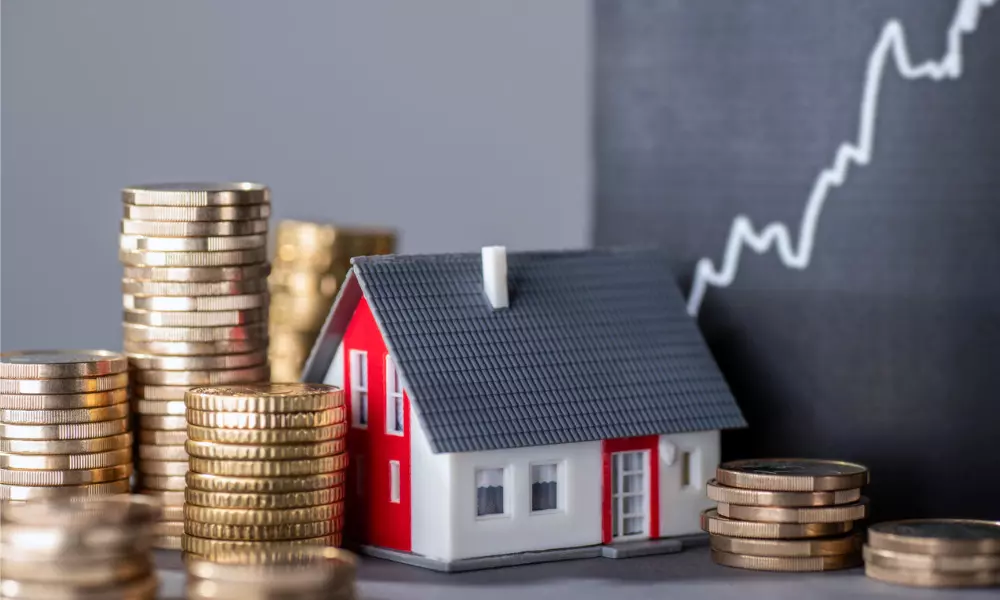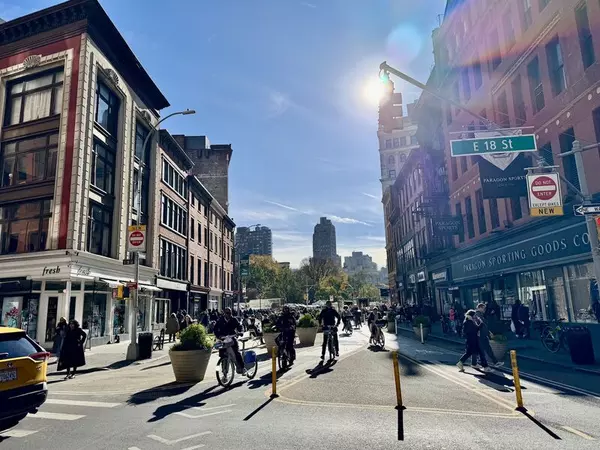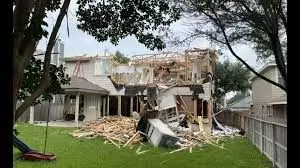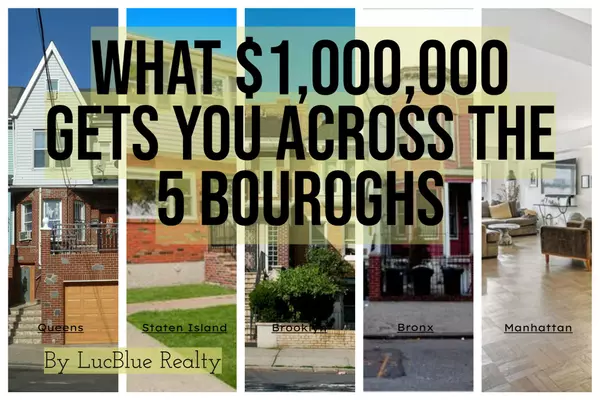The Modern Housing Dilemma: What’s Really Making Homeownership So Difficult?

🏡 Why Is Buying a Home So Hard Right Now?
An In-Depth Look at the Modern Housing Crisis
If you've tried to buy a home in the last couple of years, chances are you've run into frustration, sticker shock, or complete disbelief at how tough it’s gotten. You're not alone. In fact, many would-be homeowners across the U.S. are facing one of the most difficult housing markets in modern history.
But why is it so hard right now? Why does it feel like homeownership—a cornerstone of the American dream—is drifting further out of reach?
Let’s break it down.
💸 1. Home Prices Have Outpaced Income
One of the biggest challenges is affordability. While wages have risen modestly over the past decade, home prices have skyrocketed.
- From 2012 to 2022, home prices in the U.S. increased by more than 120%.
- During the same period, median household income grew by less than 40%.
In many cities, the price-to-income ratio now sits at 8 to 12 times annual income—far above the historical norm of 3x. That means what used to be a $250,000 home now costs $400,000 or more.
🏦 2. High Mortgage Rates Are Crippling Buying Power
For a long time, we enjoyed historically low mortgage rates. That changed rapidly after 2021.
- In early 2021, mortgage rates were around 2.5–3%.
- By 2023–2025, they’ve climbed to over 7% in many cases.
This increase isn’t just a number—it doubles monthly payments for buyers.
Example:
- A $400,000 mortgage at 3% = ~$1,686/month
- A $400,000 mortgage at 7% = ~$2,660/month
That’s an extra $1,000+ a month, pricing out millions of would-be homeowners.
🏘️ 3. There’s Simply Not Enough Housing
This crisis isn't just about cost—it’s also about supply.
Why is inventory so low?
- After the 2008 housing crash, builders became cautious. Many small developers went out of business.
- For over a decade, construction lagged far behind demand.
- Experts estimate the U.S. is short 4–7 million housing units today.
Making matters worse, homeowners who are locked in ultra-low mortgage rates in 2020–2021 don’t want to sell and lose their sweet deals. This creates a “lock-in effect,” freezing the resale market and keeping inventory extremely tight.
👥 4. Demographic Pressure: The Millennial Boom
The largest generation in U.S. history—Millennials—are now in their prime homebuying years.
Add to that the next wave (Gen Z) starting to enter the market, and demand continues to rise.
But with a limited supply of homes—especially starter homes—this surge in buyers is fueling competition and pushing prices even higher.
🏢 5. Investors Are Competing With Families
Institutional investors—yes, including Wall Street—are now major players in the housing market.
- Investment firms and hedge funds buy up single-family homes to rent them out long-term.
- In some cities like Atlanta and Phoenix, up to 20% of home purchases are by investors, not individuals.
These firms often pay in cash, waive inspections, and offer quick closings—outmatching the average homebuyer every time.
🧱 6. The Cost of Building Has Exploded
Even if we wanted to build our way out of this mess, it's not easy.
Why?
- Lumber, steel, and other materials became dramatically more expensive post-COVID.
- Labor shortages are driving up costs.
- Zoning laws in many cities make it nearly impossible to build affordable or multi-unit housing.
As a result, builders are focusing on luxury and high-margin homes, not the entry-level properties most buyers need.
⚖️ 7. Zoning Laws and Local Politics Are Slowing Progress
Even when developers want to build, many can’t.
Local zoning regulations in many places ban duplexes, triplexes, or anything except single-family homes. This creates massive inefficiencies in land use and drives up prices.
What’s more, many communities push back against new developments, especially affordable housing, in a phenomenon known as NIMBYism (Not In My Backyard).
🎓 8. Debt and Credit Requirements Are Hurting First-Time Buyers
Many younger buyers are also burdened with student loan debt. Combine that with high living costs, and saving for a down payment becomes nearly impossible.
Lenders are also stricter today than they were pre-2008, requiring:
- Higher credit scores
- Larger down payments
- More income verification
Even if you want to buy, you might not qualify.
🧠 9. Uncertainty Is Creating Hesitation
It’s not just financial—it’s emotional.
Buyers worry about:
- Overpaying at the peak
- Job security in a volatile economy
- Whether a housing crash is around the corner
On the flip side, some are just too discouraged after losing out on bidding wars or getting priced out multiple times.
🌍 10. Mismatch Between Jobs and Housing
Even where housing is affordable, the jobs often aren’t. And where the jobs are, housing is unaffordable.
Major job centers like San Francisco, New York, Austin, and Seattle have some of the highest housing costs. And as return-to-office mandates return post-COVID, many people are being forced back into these expensive regions.
🌀 The Housing Catch-22
We’ve entered a paradox:
- Buyers can’t afford homes due to high prices and rates.
- Sellers won’t list because they’re locked into low rates.
- Builders aren’t supplying enough affordable homes.
- Renters can’t save because rent is too high.
This creates a gridlocked market, with fewer transactions, higher prices, and record-low affordability.
🔮 What Could Change the Market?
While there’s no silver bullet, several things could gradually ease the pressure:
- Mortgage rates dropping – A return to ~5% rates could restore buying power.
- Zoning reform – Allowing more density and multi-family homes would help.
- New construction subsidies – Government support for affordable homebuilding.
- Massive building efforts – Public-private partnerships to increase inventory.
- Technological shifts – Automation, prefab housing, or 3D printing could lower costs over time.
✅ Final Thoughts
Buying a house today is hard—not because you're doing something wrong, but because the system is deeply out of balance.
Understanding the forces at play—from interest rates to institutional buyers to zoning laws—can empower you to make better decisions, stay patient, and prepare for when opportunities arise.
The market won’t be this frozen forever. But until systemic changes occur, navigating the housing landscape will continue to require strategy, flexibility, and resilience.
:
📅 Come Back Every Other Day for Fresh Real Estate Insights!
We’re constantly sharing tips, trends, and need-to-know info to help you navigate today’s real estate market with confidence.
💬 Have questions or need personalized guidance?
Give us a call anytime—we’re here to help, no pressure. Whether you’re just curious or ready to take the next step, we’d love to hear from you.
📞 Let’s talk real estate. Your goals, your pace.
(917)500-1919 or Email your questions to: Admin@lucbluerealty.com
Categories
Recent Posts











